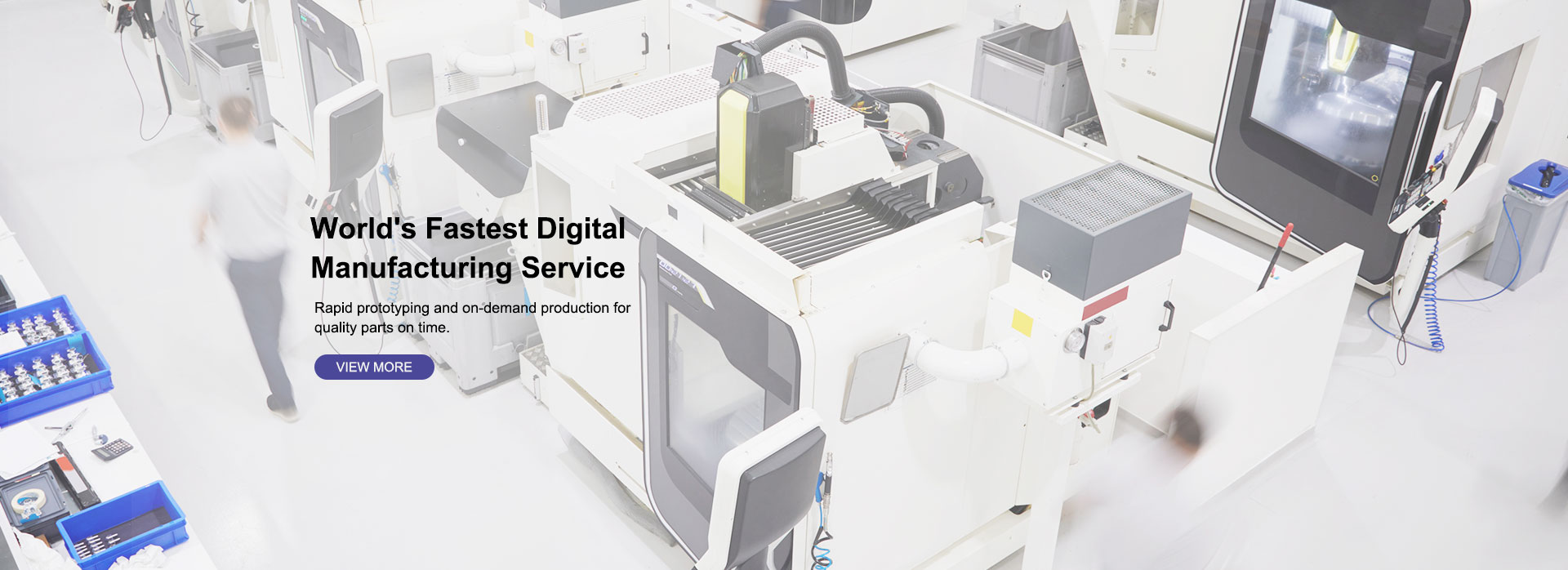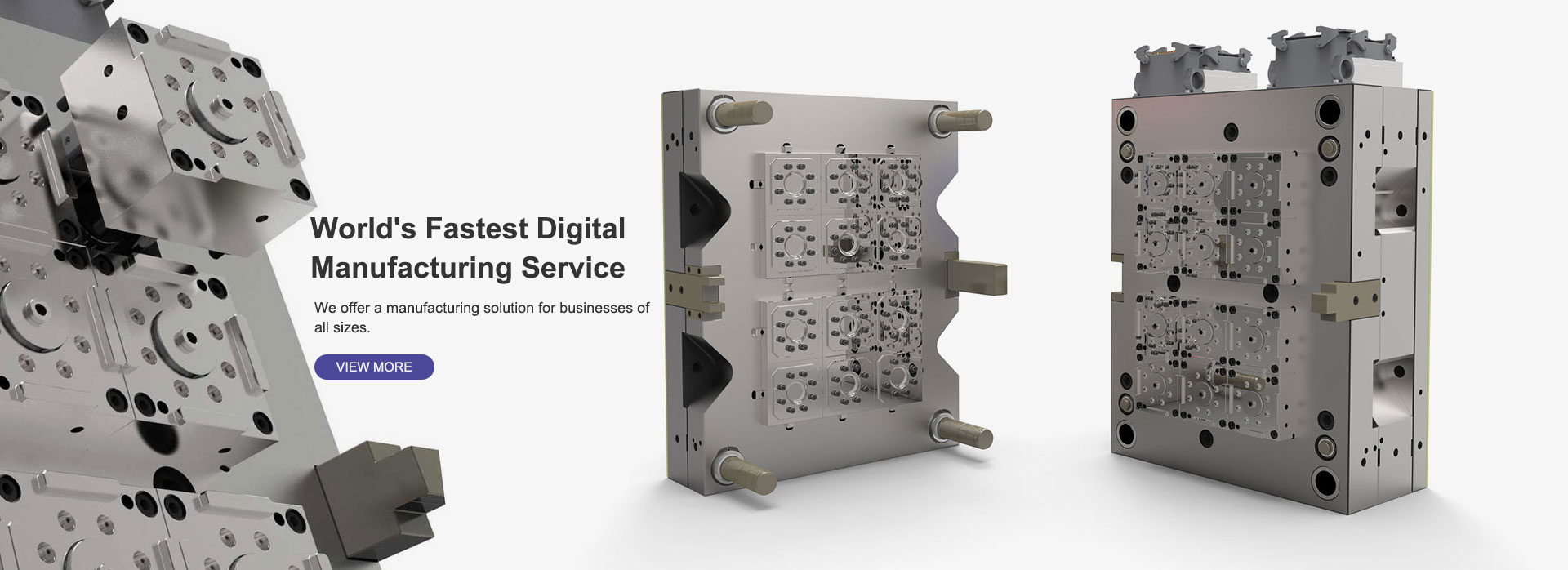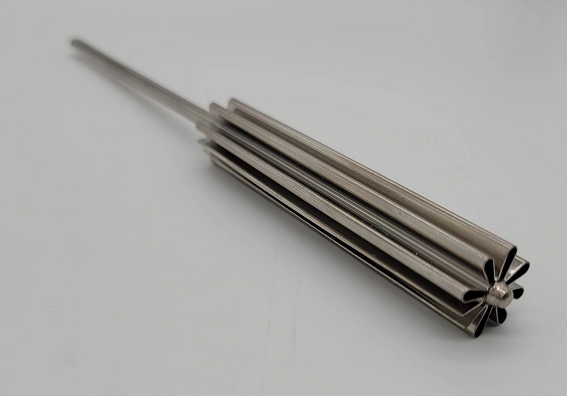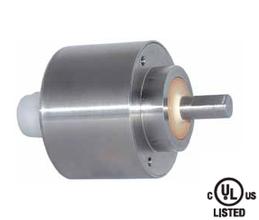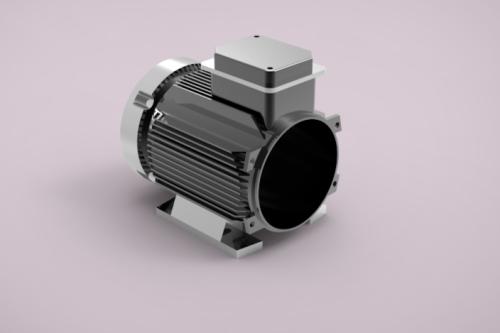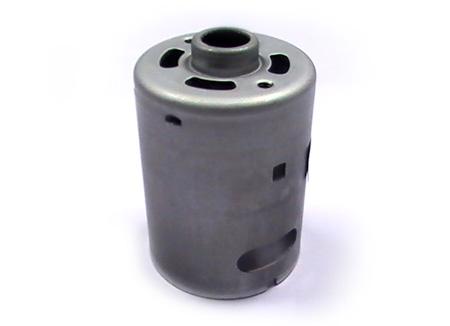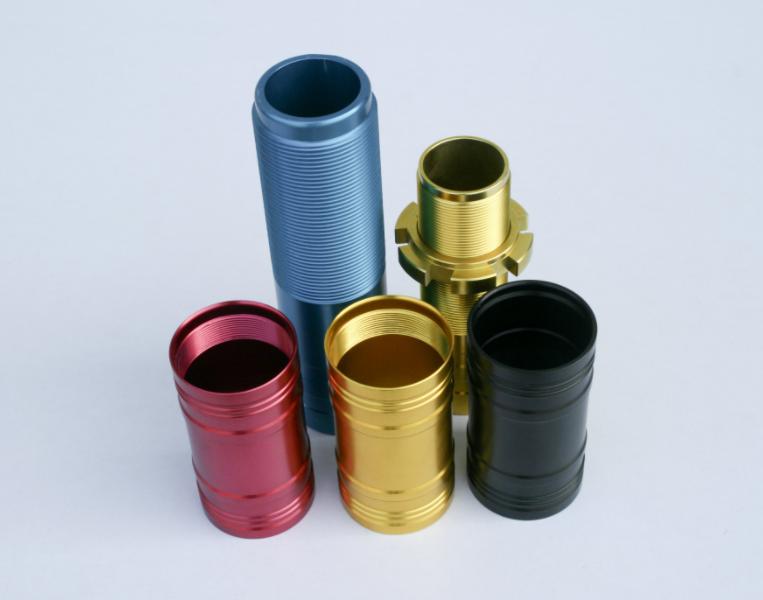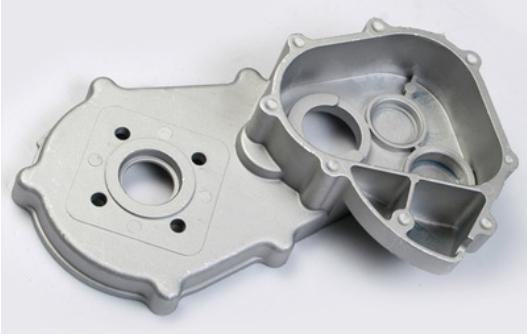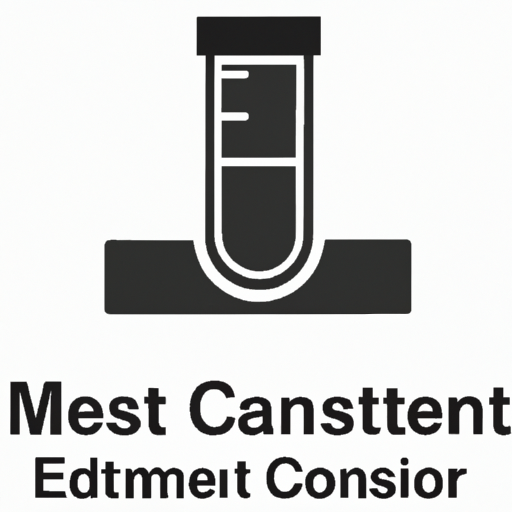PRODUCTS
We provide you with a one-stop service for massive selection

INFORMATION
Overview of information, trends, and policy information in the industry, with a clear view of the world
What is the main application direction of PMIC - RMS to DC Converters?
Common Board Supports Popular models
What are the trends in the Discrete Semiconductor Products industry?
What are the product features of RF Demodulators?
What is the status of the Crystals, Oscillators, Resonators industry?
The unit parameters, functions and classification of inductors are unknown to many people
